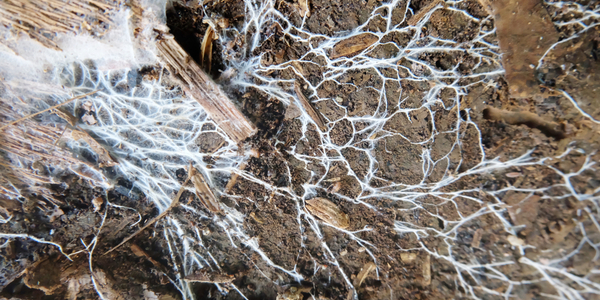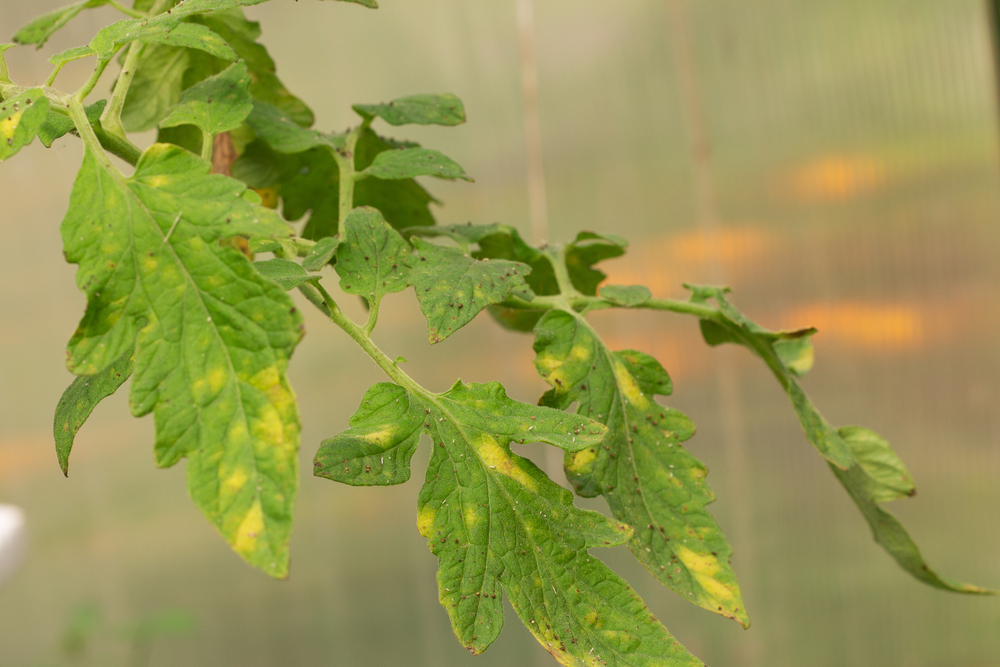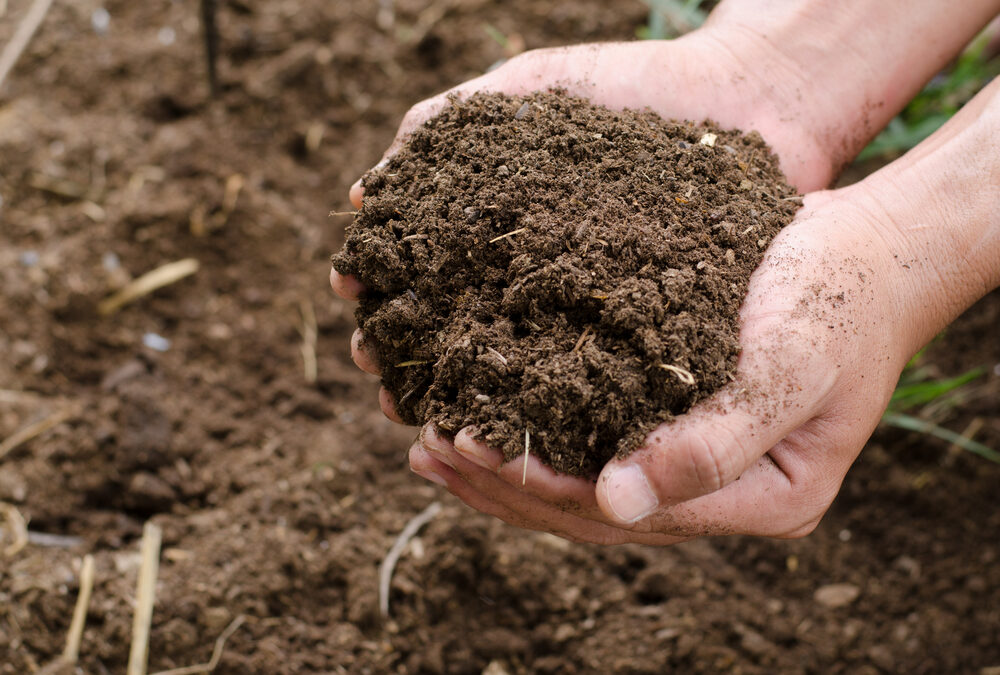
by Deac Jones | Nov 9, 2020 | News
Fungi and agriculture are natural partners. Fungi were some of the first complex life forms on land, mining rocks for mineral nourishment, slowly turning them into what would become soil. In the Late Ordovician era, or about 480 million years ago, they formed a symbiotic relationship with liverworts, the earliest plants. Fungi in your soil profile means greater mineralization of and access to nutrients for your crop, as well as broader access to water.

by Deac Jones | Oct 14, 2020 | News
Aluminum is one of the most abundant elements on the planet, making up roughly 7% of the Earth’s mass. Aluminum toxicity in our soils is a real problem. Large amounts of nitrogen fertilizers have been applied to our fields, leading to increased soil acidification and potential Al toxicity. Aluminum toxicity occurs in strongly acid soils, plants may also exhibit deficiency symptoms of calcium (Ca), magnesium (Mg), or other nutrients. They might also show symptoms of manganese (Mn) toxicity, which is common when the soil pH is too low. When we experience these soil nutrient imbalances, soil acidification exacerbates the accumulations of toxic aluminum ions.

by Deac Jones | Oct 1, 2020 | News
Conventional growers that introduce biological products into their current regiment can reap substantial benefits. Biological agriculture is an integrated farming system. It combines tried and tested farming practices, that have been refined over the centuries, with scientifically measured innovations. As I’ve mentioned in other newsletters, many growers find themselves on the treadmill of needing more costly inputs even as crop yields and quality decline. Introducing biological applications can dramatically improve agricultural yields and reduce farm costs.

by Deac Jones | Sep 19, 2020 | News
Given the lack of rain, it’s enormously important to reemphasize the importance of POST-HARVEST applications. Post-harvest can account for 30% of the plant’s total nutrient uptake for an entire season. Dormancy is similar to a period of suspended animation — yet during this time proteins are broken down and re-made and cell membranes are created. It’s part survival mechanism, part housekeeping exercise, all meant to help plants gear up for warmer days ahead. Feeding them during this period will pay dividends in the spring and the following crop season.
by Deac Jones | Jul 15, 2020 | News
I’ve been preaching for a while about the similarities between humans and plants as my research has lead me through study after study that supports sound comparisons. In these Covid-19 times, our immune response is of utmost importance. And just like with our own...





